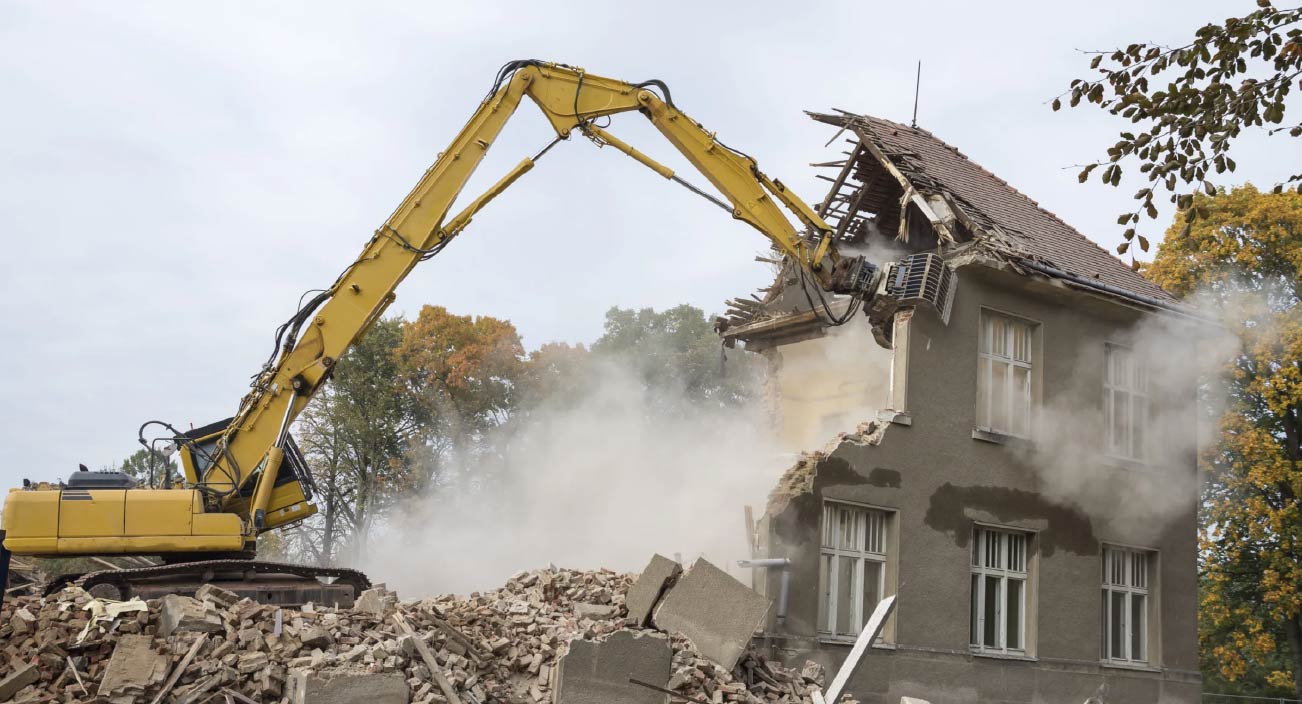At Inspire Homes, we understand that the site preparation process can be overwhelming and confusing for many homeowners. That’s why we’re here to help. Our team of experts will guide you through every step of the site preparation process, from the initial site assessment to the final installation of utilities.
Assessment
Before any construction work begins, a site assessment needs to be carried out. A site assessment will determine the site’s suitability for building and identify any potential problems that need to be addressed. Some of the factors that should be considered during the site assessment include:
Soil condition: Soil testing is essential to determine the soil’s ability to support the foundation. Soil with high clay content may require additional foundation work, such as piers or pilings.
Topography: The topography of the site will determine the slope of the land and drainage patterns. Any potential issues with water drainage should be addressed to avoid water pooling around the foundation.
Access: Consider the location of the site and access for construction equipment and materials.
Utilities: Identify the location of existing utilities such as gas, electricity, and water lines.
Clearing
The next step is to clear the site. This involves removing any trees, shrubs, or other vegetation from the area where the home will be built. It is essential to clear the site thoroughly to prevent any roots or debris from interfering with the foundation.
Grading
Once the site has been cleared, the land needs to be graded to ensure that it is level and properly sloped. This may involve using heavy machinery to level the ground, remove any uneven areas, and create a slope that will allow for proper drainage.
Excavation
Excavation involves digging the site to the required depth for the foundation. This may involve removing soil or rock from the site, depending on the soil type and the home’s foundation requirements.
Compacting
Next the soil needs to be compacted to ensure that it is stable and will not shift over time. This may involve using heavy machinery to compress the soil and create a solid base for the foundation.
Utilities
Once the site has been properly prepared, it is time to install the utilities. This includes planning the layout utilities such as water, sewer, gas, and electrical lines, and ensuring that they are properly installed and tested. Before construction can begin, the site must be assessed to determine the best location for the utilities and the type of materials that will be required. Once the plan has been established, excavation can begin to lay the pipes and cables. The utilities must then be tested to ensure that they are functioning properly and meet all necessary safety standards.





